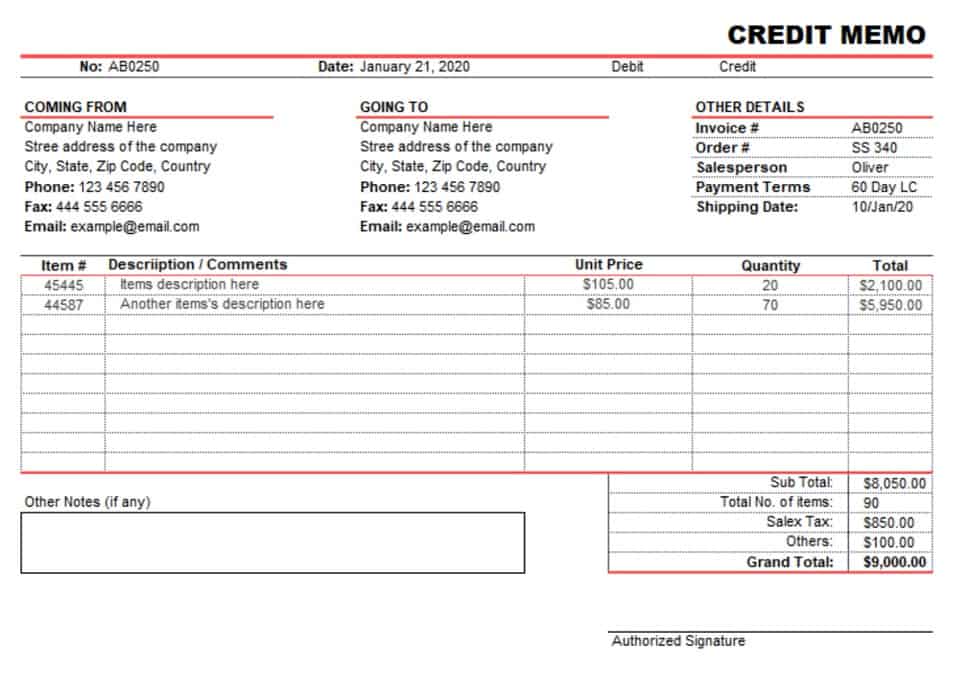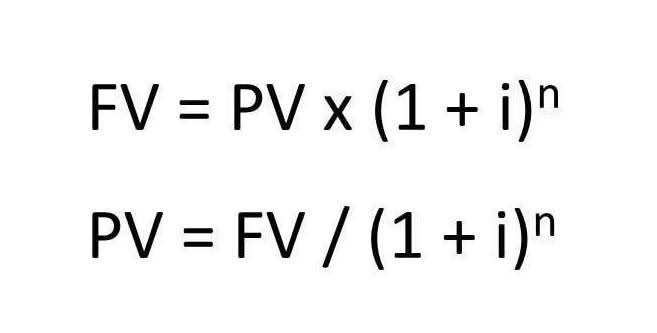
Watch how leading ENR 400 contractors have leveled up their workforce planning by leaving their spreadsheets behind. There are several factors that distinguish bookkeeping in construction from other industries. For those who love hard work, spending time outside, and being your own boss, starting a landscaping business may be a great fit. Transitioning from on-site to remote business is a smart move that can increase employee morale and be more cost-effective than in… Have you ever been on the wrong end of a payment dispute when freelancing or outsourcing work? Make sure to take advantage of these free trials when you’re shopping for your next bookkeeping solution.
- The Davis-Bacon Act (DBA) is a United States law that requires employers to pay prevailing wages—the regional minimum pay requirement—on public works projects for laborers and mechanics.
- Contract retainage, which is the amount of money that customers can withhold until they are satisfied with a project, is typically 5-10% of a contract’s value.
- This gives you a more accurate picture of how profitable your project has been.
- With the right process, you can save time on your invoicing, accounting, bookkeeping, and tax preparation, even without previous construction accounting experience.
- It is crucial to track these different expenses to be a successful construction company.
Tip 8: Hire an accountant
Shoeboxed is an expense & receipt tracking app that helps you get reimbursed quickly, maximize tax deductions, and reduce the hassle of doing accounting. Beyond the office, she’s a true crime enthusiast who loves traveling and outdoor adventures. Whether she’s balancing books or exploring new trails, MJ’s dedication and skill set the standard for excellence in our team. Familiarize yourself with contractor tax forms that are relevant to your business, such as Form 1099-NEC for nonemployee compensation and Form W-2 for employee wages. Gaining a thorough understanding of these forms and filing them accurately and timely is essential to stay compliant with tax regulations.
Construction Bookkeeping for Beginners: A Step-by-Step Guide
These systems keep track of industry trends, competitive positioning, and expansion opportunities. Using analytics to improve proposals increases win rates, while geographic information systems guide growth strategies. Project managers analyze patterns from past projects to optimize timelines, allocate resources efficiently, construction bookkeeping and identify potential bottlenecks before they impact progress. There’s no need to chase the invoices and receipts at the end of the quarter, and no chance of duplicating the documents.

Challenges in Construction Data Management
Project managers don’t get a crystal ball, and it can be difficult to make your forecasting as accurate as your job costing. This being said, your forecasts will get more reliable if you base them on data from your past projects instead of assumptions, and if you update them as your project moves forward. Project forecasting is the art of predicting a project’s costs, revenue, and timeline in advance, all of which will impact your project accounting later. If you want to use project accounting to get an accurate picture of your project’s profitability, you have to start with a document that explains how you’ll spend the funds you’ve been allocated. I tend to think it’s best to do this by setting it against the “financial accounting” processes handled by your company’s central accounting team. Ramp also captures expenses instantly, syncs them directly into QuickBooks, and applies smart rules to streamline reconciliation.
Construction Bookkeeping: Essential Guide for Contractors
Note down all the information from your receipts and invoices in case you ever need it. Contract retainage, which is the amount of money that customers can withhold until they are satisfied with a project, is typically 5-10% of a contract’s value. According to the Construction Financial Management Association, pre-tax net profits average between just 1.4% and 3.5% for contractors and subcontractors. Project costs vary according to the weather and season in which work is due to take place, as do the cost of materials and strain on workers and equipment. Our extensive portfolio of products and solutions covers all aspects of global energy fundamentals, spanning every corner of the oil and gas industry, renewables, clean technologies, supply chain and power markets.

Contractors operate their business primarily around projects with billing, production, or labor. Company’s profit margins determine the contractors’ livelihood; so it’s essential to stay organized with bookkeeping. Most importantly, construction companies have to control costs and bid rationally, and that is to track accurate costs for individual accounting projects and job costs. This guide covers key aspects of construction bookkeeping, including the role of a construction bookkeeper, recording expenses, and industry-specific accounting methods.
Learn proper accounting for long-term construction contracts

Mastering construction project accounting helps businesses avoid costly mistakes and improve long-term success. Construction projects involve long timelines, fluctuating costs, and complex payment structures, making Legal E-Billing specialized accounting essential. Without it, cost overruns, payment disputes, and cash flow problems can harm profitability.

Contract Retainage
In this guide, we address some of those challenges and cover the basics of construction accounting. Follow this resource step-by-step to establish an effective accounting process, avoid costly mistakes, and make more money. Keeping track of payroll is another element where construction bookkeeping is essential. Unfortunately, it’s not as simple as agreeing on compensation with a worker and paying them the same rate per project. Project delays significantly impacted final investment decisions (FID) for new offshore wind projects in 2024, leading to a decline in project approvals. Notably, 2024 saw only a few US projects reach FID, including Empire Wind 1, Sunrise Wind and Costal Virginia Offshore Wind.
